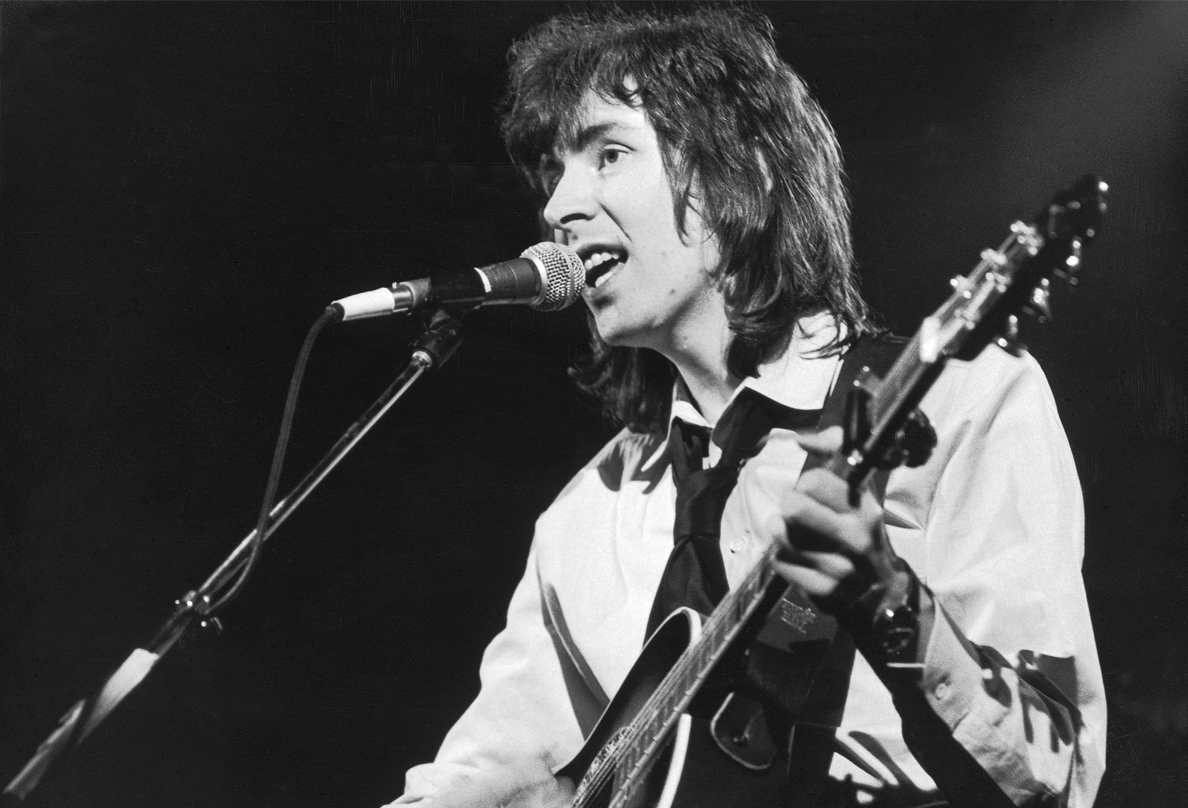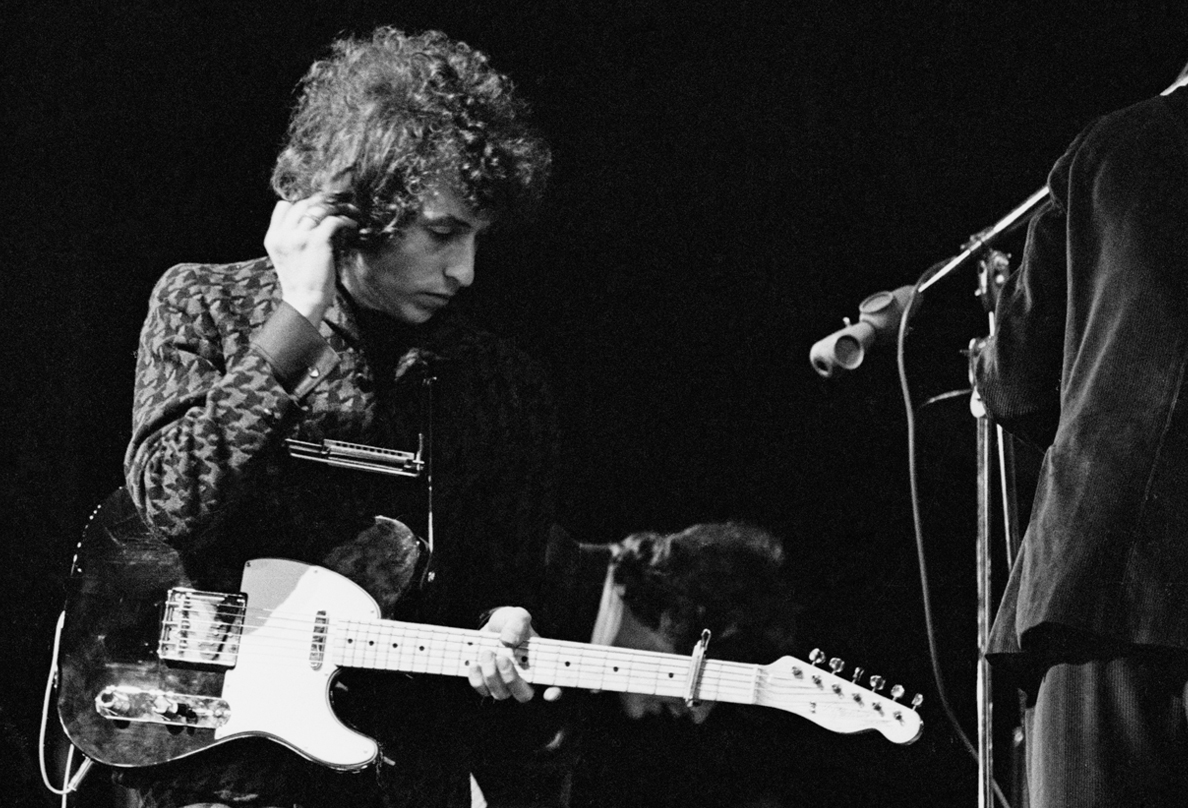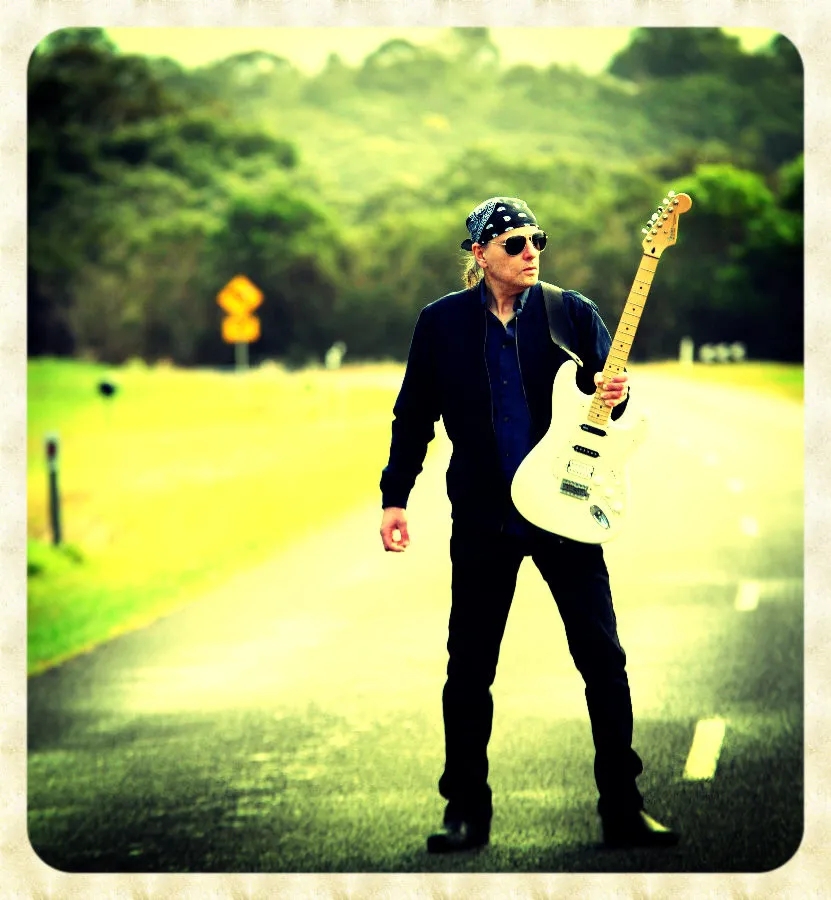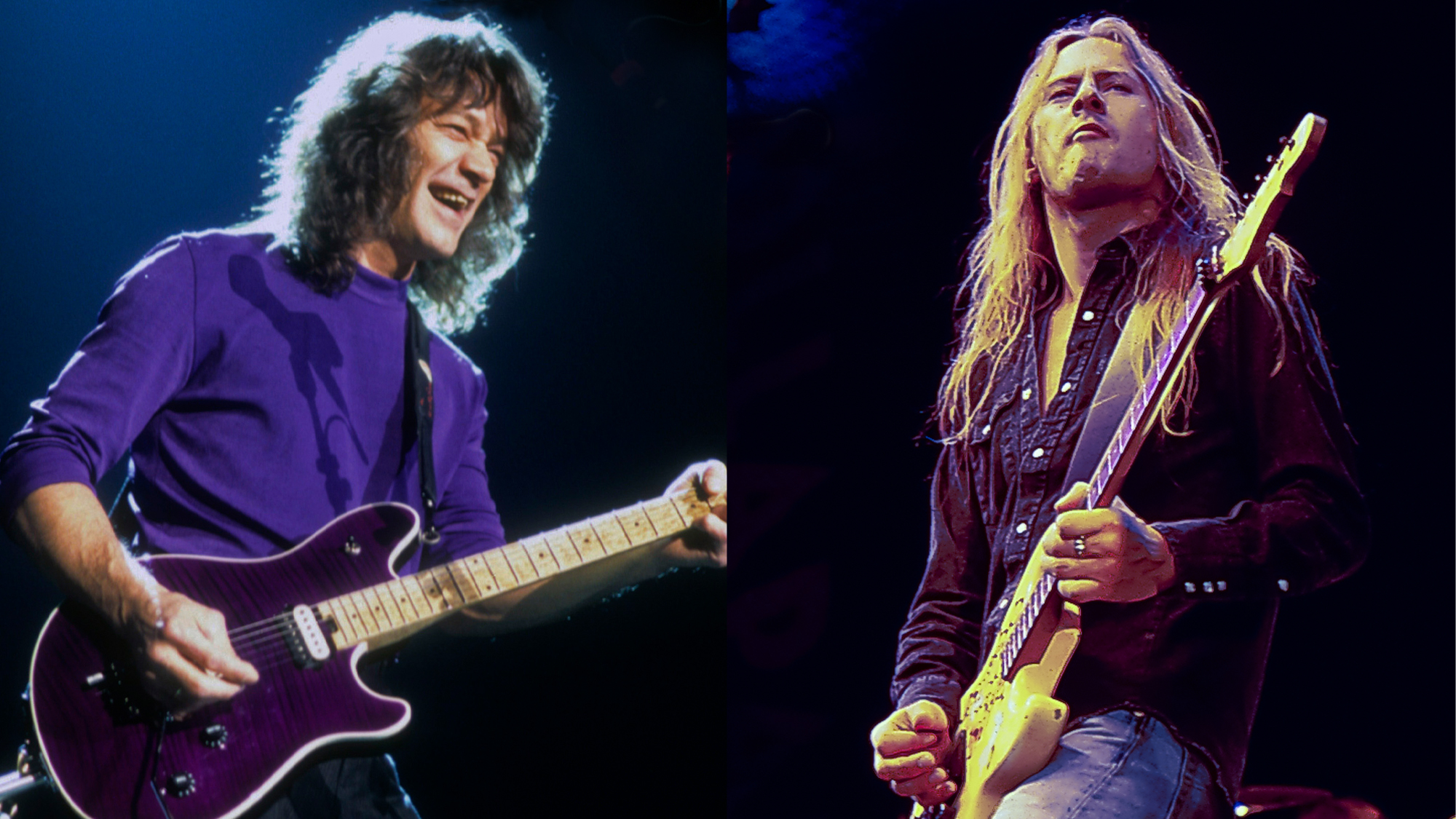"He said, ‘Just humor me — if you don’t like it, we’ll erase it' I didn’t like it very much, so I put it at the end of the album.” It took guitarist Al Stewart 10 years to write his breakthrough hit. Then he tried to hide it
Al Stewart loved the guitar work on "Year of the Cat." The sax solo? Not so much

By the time Al Stewart finally achieved his commercial breakthrough with 1976’s “Year of the Cat,” it was the culmination of a decade-long odyssey to bring the song to completion. Its bones date back to 1966, when Stewart penned a set of lyrics titled “Foot of the Stage”.
“It was about British comedian Tony Hancock,” the Scottish folk-rocker recalls. “But the American record company had never heard of Tony Hancock and asked me to rewrite it.” Stewart responded with a new set of lyrics about Princess Anne called “Horse of the Year.” Not surprisingly, he says, “they requested another rewrite.”
Luck would finally prevail on the third try. “I had a girlfriend who had a book on Vietnamese astrology, and it was opened on a chapter called ‘Year of the Cat,’” Stewart reveals. “Having studied Bob Dylan, I noticed he always had song titles with the word ‘of’ in them: ‘Chimes of Freedom,’ ‘Masters of War’ and ‘Visions of Johanna.’ I realized there was something portentous about having a song with ‘of’ in the title. Not only that but it’s slightly off-kilter and doesn’t have an immediate meaning. And because nobody knows exactly what that’s going to mean, I thought maybe it’d draw them in. And that’s how it ended up.”
Having secured a title, Stewart began crafting the lyrics to the song’s pre-recorded backing track. “We had created all the music already, with the guitar solo and overdubs and everything, so we had nearly the whole song done,” he says. “I had an entire canvas to work with.” A hallmark of the song is Stewart’s use of a major-seventh chord throughout the main progression, which imbues “Year of the Cat” with a rich, wistful nostalgia. “Major sevenths are great and kind of cool,” he exclaims. “I’ve probably never met a major seventh I didn’t like.”
The track was recorded in Abbey Road’s famed Studio Two, where the Beatles did much of their work. Stewart played an Epiphone Texan acoustic, while Tim Renwick was drafted to record both the acoustic and electric guitar solos. “Tim borrowed a large-bodied Guild that belonged to me for the acoustic solos,” Stewart recalls. “For the electric guitar solo, he played his faithful ’62 Strat through a Wallace custom combo valve amp that met its maker when it melted shortly after the session.”
Although the backing was complete, producer Alan Parsons felt it was lacking something — namely, a saxophone. “To me, saxophones belonged in jazz,” Stewart says. “I thought it was a terrible idea and told him so, but he said, ‘Just humor me, and if you don’t like it, we’ll erase it.’

Parson’s choice of sax player was Phil Kenzie, a Liverpool contemporary of the Beatles. In addition to being among the brass players on the song “Let It Be,” Kenzie had recorded with John Lennon (the 1971 single "God Save Oz"/"Do the Oz"), Paul McCartney ("Jet") and George Harrison (All Things Must Pass), as well as numerous other artists and acts. But he almost didn’t make the session for “Year of the Cat.”
All the latest guitar news, interviews, lessons, reviews, deals and more, direct to your inbox!
“Phil was watching a movie and didn’t want to do the session,” Stewart says. “But Alan said, ‘Just come in and do one take. We just want to hear what it sounds like.’” As it happened, Kenzie lived up the street. “So he scuttled over, did one take on it and went back to see the end of the movie.”
Stewart wasn’t convinced by the session. “I didn’t like it very much,” he says, “but everybody else did. They were like, ‘Wow! That’s different.’ So rather than fight about it, I just let Alan have his way, and I put it at the end of the album as the last track, so I didn’t have to worry about it.”
Released as a single in the U.S. in October 1976, “Year of the Cat” climbed to number eight on the Billboard Hot 100, earning Stewart his first U.S. charting single. Closing in on 50 years since its release, “Year of the Cat” remains a staple in the guitarist’s live set. He believes the song’s film noir undertones and varied instrumentation are pivotal to why the song continues to enthrall audiences.
“I think it just appeals to people,” he muses. “And you’ve also got four different instruments playing solos in the middle of the song, where it goes out of the strings and into the acoustic solo, then the electric solo, and finally the saxophone solo. The song’s longevity also affirms that one should write about what one is interested in, without regards to fashion or favor of the crowd. Which is exactly what I did.”
Enjoy this 1976 live performance of "Year of the Cat" by Al Stewart and his band on The Old Grey Whistle Test. (That's Phil Kenzie on saxophone.)
Joe Matera is an Italian-Australian guitarist and music journalist who has spent the past two decades interviewing a who's who of the rock and metal world and written for Guitar World, Total Guitar, Rolling Stone, Goldmine, Sound On Sound, Classic Rock, Metal Hammer and many others. He is also a recording and performing musician and solo artist who has toured Europe on a regular basis and released several well-received albums including instrumental guitar rock outings through various European labels. Roxy Music's Phil Manzanera has called him "a great guitarist who knows what an electric guitar should sound like and plays a fluid pleasing style of rock." He's the author of two books, Backstage Pass; The Grit and the Glamour and Louder Than Words: Beyond the Backstage Pass.

